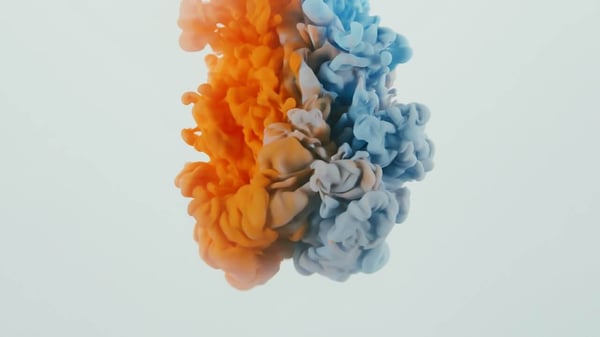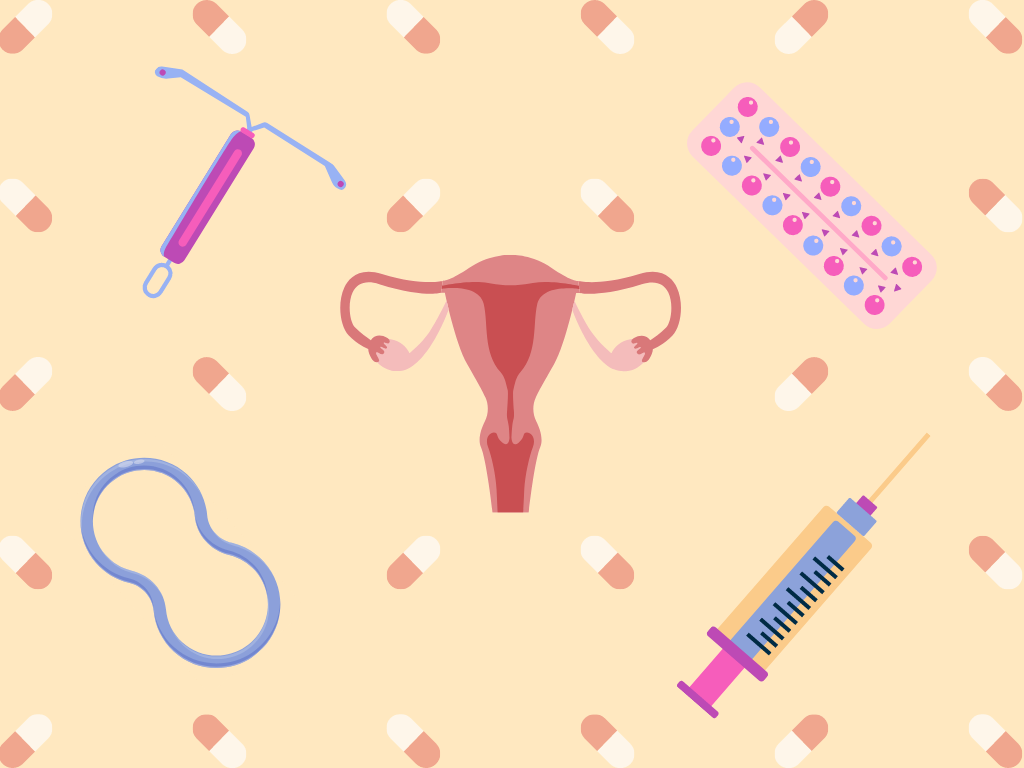Food dyes have long been associated with increased hyperactivity in people, particularly children. As a result, there's often a lot of noise about the effects of food dyes on young people, including those with ADHD. The link between the two has been heavily debated, and many are seeking clarity about how food dyes can influence people's behavior.
It is important to investigate the issues surrounding food dyes objectively and understand that the same substance can affect different people differently, so individual experiences can't be generalized.
In this article, we will discuss what food dyes are, why we use them, whether they are linked to ADHD symptoms, and which dyes, if any, ADHDers might want to avoid.
💊 Medical advisory: The information published or made available through this website is not intended to replace the services of a physician, nor does it constitute a doctor-patient relationship. Information on this website is provided for informational purposes only and is not a substitute for professional medical advice. Consult a medical professional if you suspect food dye consumptions worsens your ADHD symptoms or other health issues.
Too long; didn't read
- Food dyes are water-soluble color additives used for purposes like brightening the color of dull food.
- Some people may experience their ADHD symptoms getting worse due to artificial food coloring.
- You may choose to avoid some food dyes out of caution or if you think they affect your symptoms.
What are food dyes and why do we use them?
Food dyes are a water-soluble type of color additive. They are manufactured in different forms, such as granules, powders, and liquids. According to the Food & Drug Administration (FDA), food additives can be used for many purposes.
Purposes for food additives:
- Providing color to some colorless foods
- Offsetting any color loss in food
- Enhancing naturally occurring pigments in food
- Correcting natural changes in color
Food dye regulation
As certified food coloring, these synthetic dyes need to be listed on food labels. Food dyes have to undergo a rigorous approval process before they can be used in food.
Steps to legalize a food dye:
- The FDA receives a petition for a new color additive from a manufacturer providing evidence that it is safe for use.
- The FDA rigorously evaluates the substance's safety, including possible immediate and long-term effects.
- The evaluation also determines how much is safe to use and applies a margin to the amount that is much lower than the amount that could lead to adverse health effects.
- The FDA determines that the new additive is reasonably safe based on the available science.
- Federal officials continue to monitor the new additive's consumption and any new research suggesting health effects. If new evidence suggests a product is unsafe, federal authorities may prohibit its use or conduct further studies.
FDA-certified synthetic food dyes:
- Blue no. 1
- Blue no. 2
- Green no. 3
- Red no. 3
- Red no. 40
- Yellow no. 5
- Yellow no. 6
- Orange B
- Citrus red no. 2
Can food dyes make ADHD worse?
Despite some claims to the contrary, food dyes cannot cause ADHD. The likelihood of developing ADHD is strongly linked to genes, but can be influenced by environmental factors, such as diet and lifestyle. However, there has been research into whether food dyes can make some ADHD symptoms worse, focusing mostly on children.
- A 2022 literature review showed that Blue no. 1 may affect hyperactivity symptoms in ADHDers, specifically children, but more research is needed.1
- Another study performed in March 2022 found that a combination of artificial food colorings and sodium benzoate (a food preservative used in products like jams, fruit yogurt, and fruit pulp) may exacerbate hyperactivity symptoms in children as young as three.2
- A 2020 pilot study on young adults suggests that artificial food colorings can affect brainwave activity in people with ADHD and increase ADHD symptoms as a result, even marginally increasing inattentive-type symptoms. However, more studies are needed to confirm these findings.3
- In February 2011, one study that restricted children's diet estimated that around 33% of the children experienced a decrease in their hyperactive symptoms, with as many as 8% resulting from limiting artificial food colorings.4
Which symptoms can increase?
Various studies have reported that symptoms may increase in children due to artificial food coloring.
ADHD symptoms affected by food additives:
- Hyperactive behavior
- Negative mood
- Motor responses
- Sleep issues
- Impulsivity5
What's the verdict?
Due to limitations in the studies conducted thus far, it is difficult to determine the true extent of how food dyes affect ADHD symptoms in people of all ages.
However, the findings do suggest that a small proportion of children with ADHD may be affected by food additives, preschool-aged children may generally be more sensitive to food additives than older children, and that responses to them may be relative to the amount of food dyes consumed.1
While they may not affect the majority of ADHDers any more than others, parents of children with ADHD have sometimes been advised that it is best to remove certain food dyes from their children's diet as much as possible.
You may choose to avoid certain food dyes in your diet as a measure of caution, as they can lead to increased hyperactivity in a minority of people, which can be more challenging for ADHDers than neurotypical people.
What food dyes should I avoid, if any?
While it is unclear to what extent food dyes impact ADHD symptoms, you may choose to avoid the following FDA-approved food dyes out of caution.
Animal toxicology studies
The following dyes have been shown to alter brain chemistry in animal toxicology studies on rats. This may reflect possible effects on humans.
- Red no. 3
- Red no. 40
- Yellow no. 5
- Yellow no. 6
- Blue no. 1
In particular, Yellow no. 5, Yellow no. 6, and Red no. 40 have been shown to exacerbate hyperactivity in some children.
Red no. 40
Red no. 40 bears specific mention as it is notorious for supposedly exacerbating hyperactivity symptoms, especially in children. It is a petroleum-based synthetic food dye used in foods like cereal and sports drinks.
Although it is generally safe for most people, according to the FDA, some may experience increased hyperactivity after consuming Red 40.
-
Sources
1 Cureus | A Review of the Association of Blue Food Coloring With Attention Deficit Hyperactivity Disorder Symptoms in Children
2 Nutrients | Sodium Benzoate—Harmfulness and Potential Use in Therapies for Disorders Related to the Nervous System: A Review
3 Nutritional Neuroscience | Artificial food coloring affects EEG power and ADHD symptoms in college students with ADHD: a pilot study
4 Child Adolesc Psychiatry | Meta-Analysis of Attention-Deficit/Hyperactivity Disorder or Attention-Deficit/Hyperactivity Disorder Symptoms, Restriction Diet, and Synthetic Food Color Additives
5 Nutritional neuroscience | Artificial food coloring affects EEG power and ADHD symptoms in college students with ADHD: a pilot study








